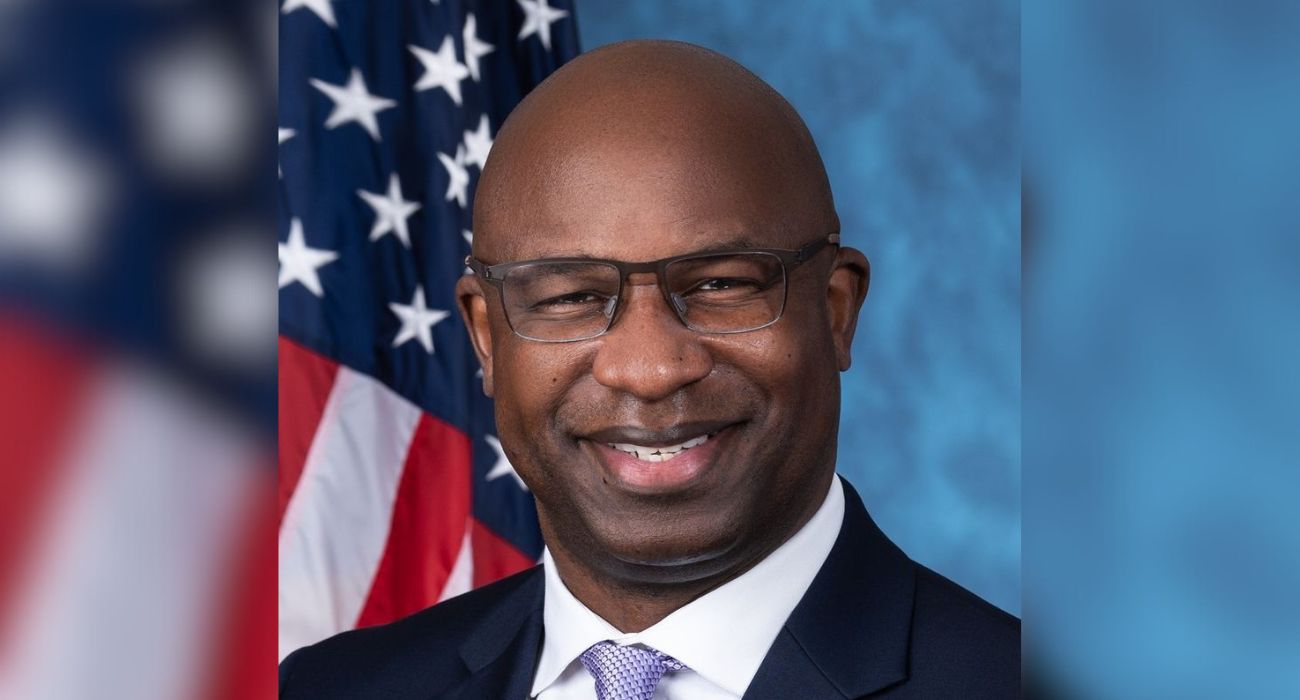Russia is using an economic relief package worth tens of billions of dollars to soften the effect of Western sanctions on the people and businesses in the country.
The Wall Street Journal reports that spending by Russia has been rising since the beginning of the Ukrainian invasion on February 24. During the month of March, Russian government spending was 37% higher than the previous year, partly due to rising defense spending.
The spending increase is also due to Russian President Vladimir Putin’s orders of increased payments to pensioners, government workers, and the needy to offset the effects of inflation.
He also backed state-subsidized loans to companies assailed by Western sanctions. The loans have kept companies afloat that had to halt production due to a lack of imports, especially factories that produce microprocessors and computer chips.
The Russian government has not revealed the total cost of its relief efforts. However, last month, Russia’s Finance Minister Anton Siluanov said that between spending and tax breaks, the initial measures would cost more than 2.5 trillion rubles, or $35 billion.
However, Russia’s increased spending is not having the adverse effects that many would have anticipated. The country has offset much of its costs through its oil and gas revenues, which have more than doubled in ruble terms over the same period.
“The Russian government has plenty of money because it gets a huge amount of income from oil and gas, which are at very high prices,” said Natalia Zubarevich, an economist in Moscow. “It has enough money for both defense and supporting the population.”
According to Russia’s Ministry of Finance, Moscow has saved past excess oil and gas revenues in the country’s National Wealth Fund, which has now accumulated nearly $155 billion. Russia will use it to stabilize the airline Aeroflot and the railway company Russian Railways, which sanctions have slammed.
Russia’s First Deputy Prime Minister Andrei Belousov has said that the government is also capable of issuing up to 8 trillion rubles, or $112 billion, of credit to support the economy, including through subsidized mortgages and loans to businesses.
However, according to economists, not all of Russia’s sanctions-related problems can be solved by increasing spending or sending money to consumers.
Stimulus packages are meant to increase consumer spending to stimulate the economy. However, the problem Russia faces is not a lack of consumer demand but rather a lack of supply as various imports have halted due to sanctions.
“The problem with the Russian economy is not that people don’t have money,” said Maxim Mironov, a professor of finance at the IE Business School in Madrid. “It’s that there aren’t enough components because of supply-chain issues. And you can’t fix that with fiscal stimulus.”
Some economists say the fiscal measures are only delaying an inevitable crisis, as they predict Russian companies will announce mass layoffs in the coming months.
“It’s clear that the economy faces hard times, and so far, I haven’t seen a concrete plan to rescue the economy,” said Alexandra Osmolovskaya-Suslina, head of the fiscal policy division at the Economic Expert Group think tank in Moscow.
Russia’s increased spending could also be accelerating a financial crisis. Any hint that Russia is printing money to finance the increased spending could destabilize the ruble, according to Elina Ribakova, deputy chief economist at the Institute of International Finance.
“If they get too aggressive with fiscal spending, that is a very big risk for the country,” she said.






